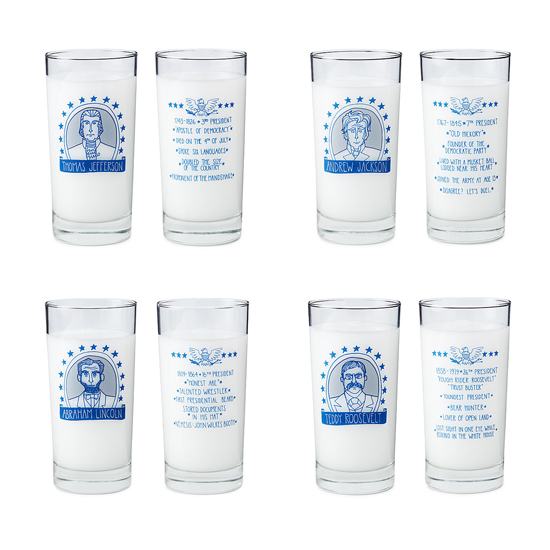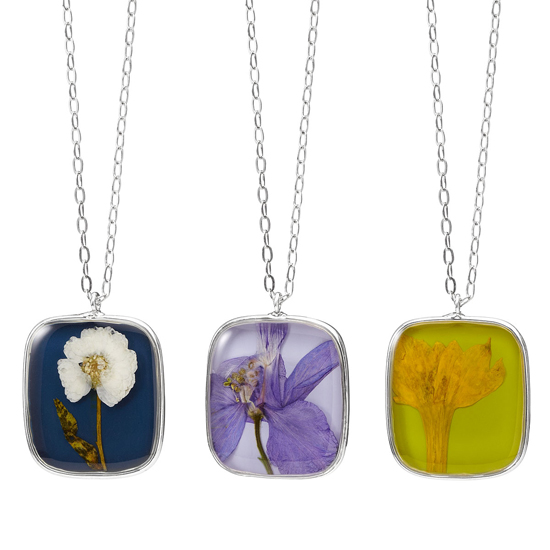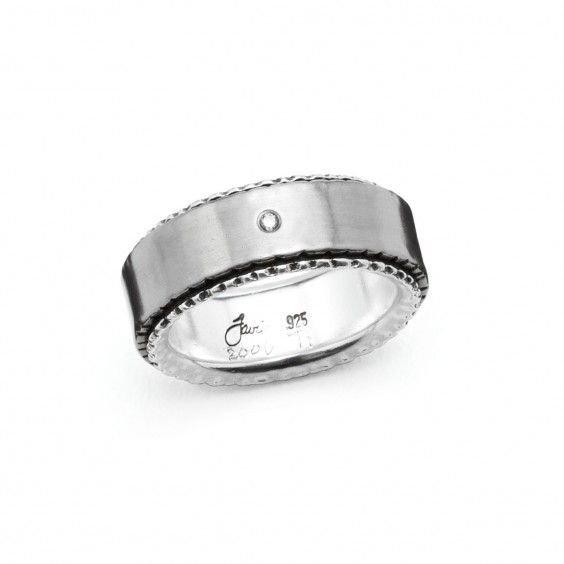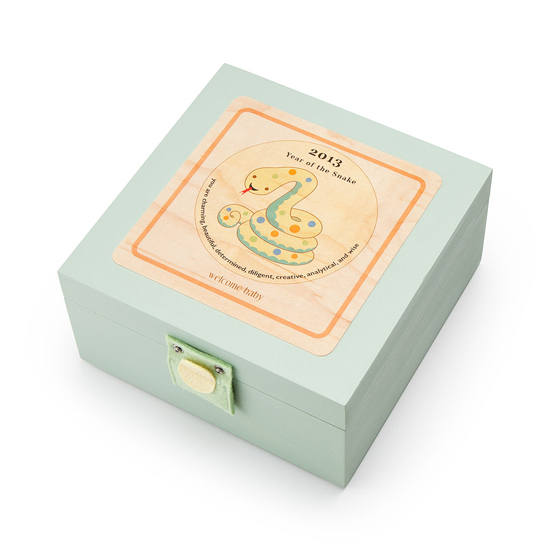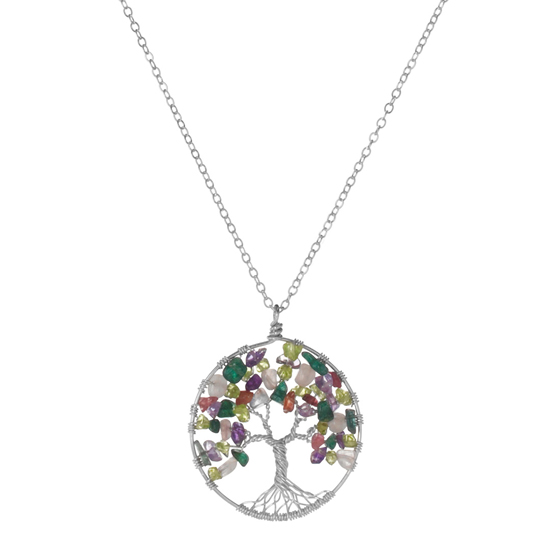 It seems so obvious that the color white symbolizes purity and innocence. And yet, for centuries it was the color blue that carried that meaning. White, on the other hand, historically represented mourning in France, while black was a popular color for wedding dresses in Scandinavia. Wedding dresses, in general, were meant to show off the affluence of a bride’s family, and were made in the richest materials available, in any color imaginable. So how did the white wedding dress become near-universal? It dates back to Queen Victoria of England, who married in 1840. Victoria was fond of intricate, English-made lacework, and commissioned a white wedding dress in order to highlight it. This fashion innovation was featured widely in the press, and the wedding was even re-enacted by the royals in 1854 so that moment could be captured and spread by the new medium of photography. Women of all classes quickly followed suit, and it was not long before white was hailed as the must-have color for brides.
It seems so obvious that the color white symbolizes purity and innocence. And yet, for centuries it was the color blue that carried that meaning. White, on the other hand, historically represented mourning in France, while black was a popular color for wedding dresses in Scandinavia. Wedding dresses, in general, were meant to show off the affluence of a bride’s family, and were made in the richest materials available, in any color imaginable. So how did the white wedding dress become near-universal? It dates back to Queen Victoria of England, who married in 1840. Victoria was fond of intricate, English-made lacework, and commissioned a white wedding dress in order to highlight it. This fashion innovation was featured widely in the press, and the wedding was even re-enacted by the royals in 1854 so that moment could be captured and spread by the new medium of photography. Women of all classes quickly followed suit, and it was not long before white was hailed as the must-have color for brides.
Wedding Waltz Personalized Art, $300
For more great wedding tips and advice, visit Wedding Week on our blog!


